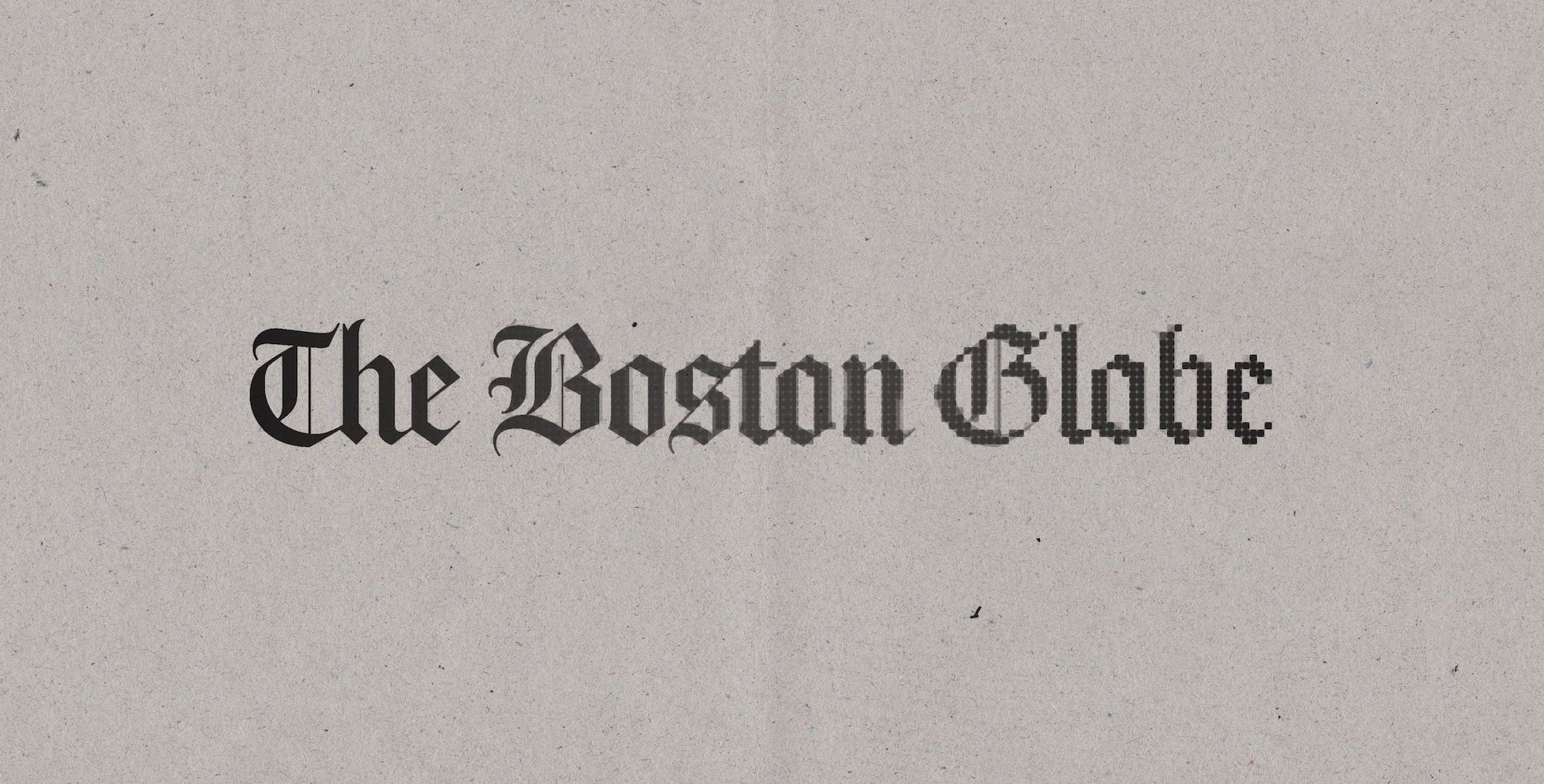
But there is a fourth milestone I consider important; I didn’t mention it because it doesn’t apply to the paywall-less Guardian. But it is:
You could argue this fourth one is perhaps less important than the first three; those count money while this one counts paying customers, and generally speaking newspapers still make more money from a print subscriber than from a digital one. But it’s an important strategic and mental milestone nonetheless. It clarifies that you’re now a digital news organization with a print product, not the other way around. It means your default audience is now online, and future resource allocation can reflect that. It’s also just a reason to celebrate.
The big nationals I mentioned above have all passed this line, often by a wide margin. (Roughly three-quarters of FT and New York Times subscribers are now digital.) That makes sense — their potential paying audiences were always much larger than their physical distribution networks could address, and digital solves that distribution problem.
But we now have a new entrant to the Milestone Club, and it doesn’t have that advantage. As the Boston Business Journal’s Don Seiffert reported first, The Boston Globe now has more paying subscribers in digital than in print:
Filings the Globe submitted in the past week to the Alliance for Audited Media show that the inflection point occurred sometime in the first three months of the year. During that time, the number of weekday print subscribers fell from 108,719 to 98,978, an 11 percent decline year-over-year. That’s about on par with industry-wide rates of decline.
During the same time, the filing indicates that digital subscriptions — as measured by a category called “restricted digital access”— went from 107,902 to 112,241 as of March 31. While the Globe doesn’t specify exactly how it counts the number of online subscribers, restricted digital access seems to be a good approximation, and the paper’s director of consumer revenue, Tom Brown, confirmed this week that its number of online subscribers now stands at 112,700.
First, a moment of mourning for the Globe selling only 98,000 papers on weekdays. When The New York Times Co. bought the paper back in 1993, its weekday circulation was 504,869. But times change.
But for a local paper to have the majority of its subscribers in digital is, to my knowledge, unprecedented. (Other than papers that have shut down the presses entirely, obviously.) The Globe has for a long time been unusually successful in selling digital subscriptions; depending on what you consider the Los Angeles Times to be, it either has the most or second-most of any metro newspaper in America. And while, like everyone else, it offers deals to attract new customers, the Globe isn’t getting there by lowballing on price; a digital subscription costs $360 a year once you get past initial discounts. That’s more than The New York Times or The Washington Post and among the highest anywhere.
The Globe has been lucky to have an attractive market with higher-than-average education and income; it’s been smart to keep cuts to the newsroom smaller than what its peers have. And it’s also still a good newspaper — something that’s harder to say about other metros that have been cut to the marrow.
It would be wrong to say the Globe is out of the woods. Many of those digital subscribers are still paying less than full fare and will need to be convinced to renew. Those remaining print readers still generate an outsized portion of its income. But they also make up an outsized share of the Globe’s costs — in printing and distribution — and as they shrink in number, some of those costs can come off the budget.
It would also be wrong to say what the Globe has achieved can be matched by all (or even most) other newspapers facing a similar transition. Many have withered to the point that there’s not much left to sell readers.
But in an industry that’s been mostly darkness and foreboding for the past decade, I’ll take a sliver of light.